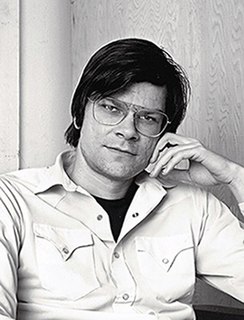Top 54 Quotes & Sayings by Robert Smithson
Explore popular quotes and sayings by an American artist Robert Smithson.
Last updated on November 7, 2024.
There is something abominable about cameras, because they possess the power to invent many worlds. As an artist who has been lost in this wilderness of mechanical reproduction for many years, I do not know which world to start with. I have seen fellow artists driven to the point of frenzy by photography.
























